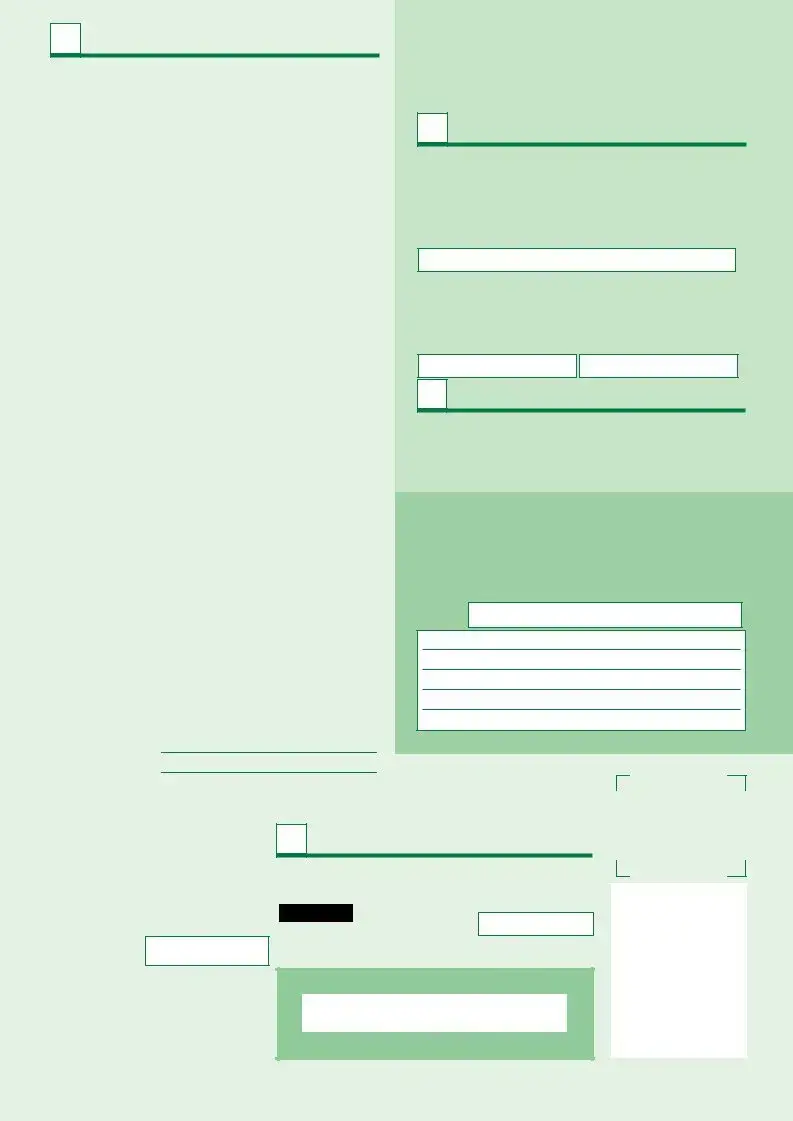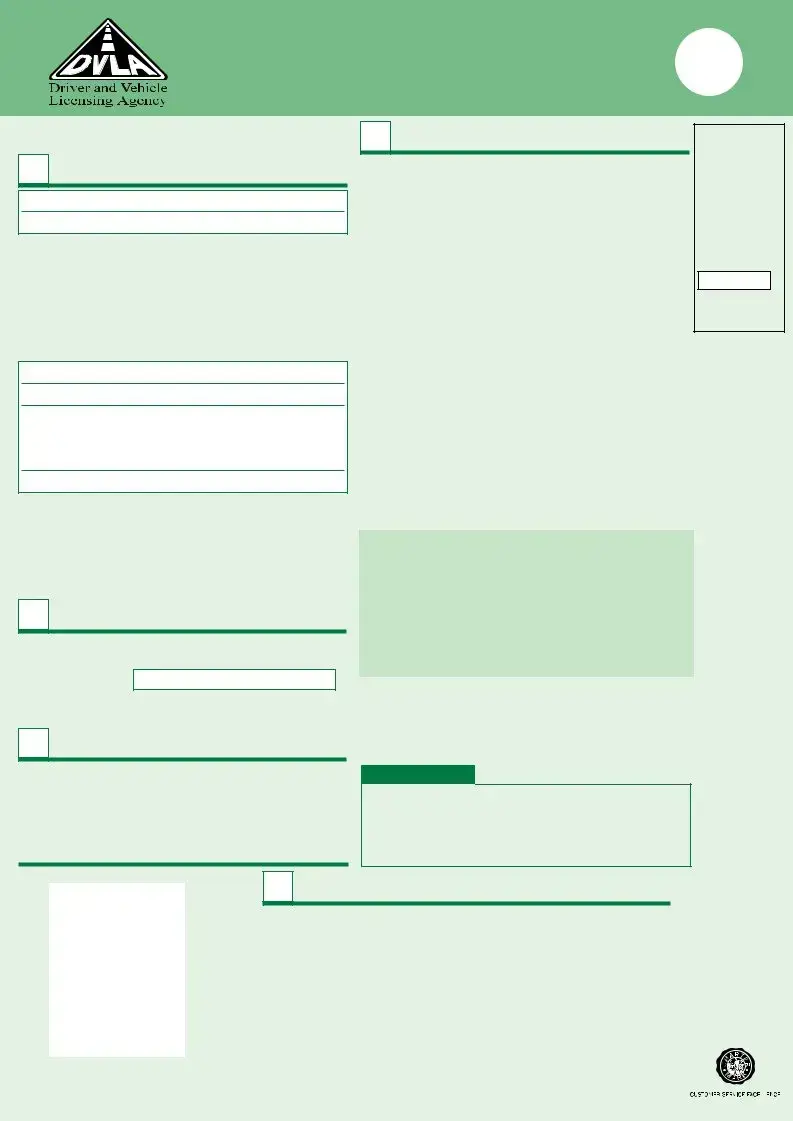What is the D1 DVLA form used for?
The D1 DVLA form is primarily used for applying for a UK driving licence. This includes new applications, renewals, and changes to existing licences such as name or address updates. It is essential for individuals wishing to obtain a provisional or full driving licence in the UK. Each application may fall under specific categories, so it's important to indicate the correct purpose when filling out the form.
Who needs to fill out the D1 DVLA form?
Anyone wishing to apply for a driving licence in the UK must complete the D1 form. This includes new drivers, those renewing their licences, or individuals exchanging a foreign licence for a British one. Additionally, if you are changing personal details, such as your name due to marriage or other reasons, you will also need to fill out this form.
Can I fill out the D1 DVLA form electronically?
No, the D1 DVLA form must be completed in black ink using BLOCK CAPITALS. Filling out the form by hand helps ensure clarity and legibility, making it easier for processing staff to read your information accurately. Be sure to use neat handwriting to avoid any misunderstandings or delays.
What should I do if my details have changed since my last licence was issued?
If your name or address has changed since your last driving licence was issued, you must indicate that on the D1 form. In the section provided, you should write down your previous details. This allows the DVLA to update your records accurately. If you fail to disclose this change, it could result in a delay in processing your application.
What documents do I need to provide along with the D1 form?
You will need to provide several documents to support your application. This includes proof of identity, such as a passport or birth certificate, and, if applicable, documents that show a change of name, like a marriage certificate. Additionally, if applying for a renewal, your old driving licence should be enclosed with the application. Always ensure that original documents are sent, as photocopies are not accepted.
Is there a fee associated with the D1 DVLA form?
Yes, there is a fee for processing your application, which varies based on the type of licence you are applying for. You can find specific fees in the INF1D booklet associated with the D1 form. Be sure to enclose payment with your application, as it will not be processed until the fee is received.
What happens if I don’t meet the eyesight requirements on the form?
When completing the D1 form, you must answer the eyesight questions truthfully. If you cannot meet the eyesight requirements, it is essential to seek medical advice before submitting your application. You may be required to complete a medical questionnaire if your eyesight may affect your ability to drive safely. If you fail to meet the necessary standards, your application may be refused until the conditions are resolved.




